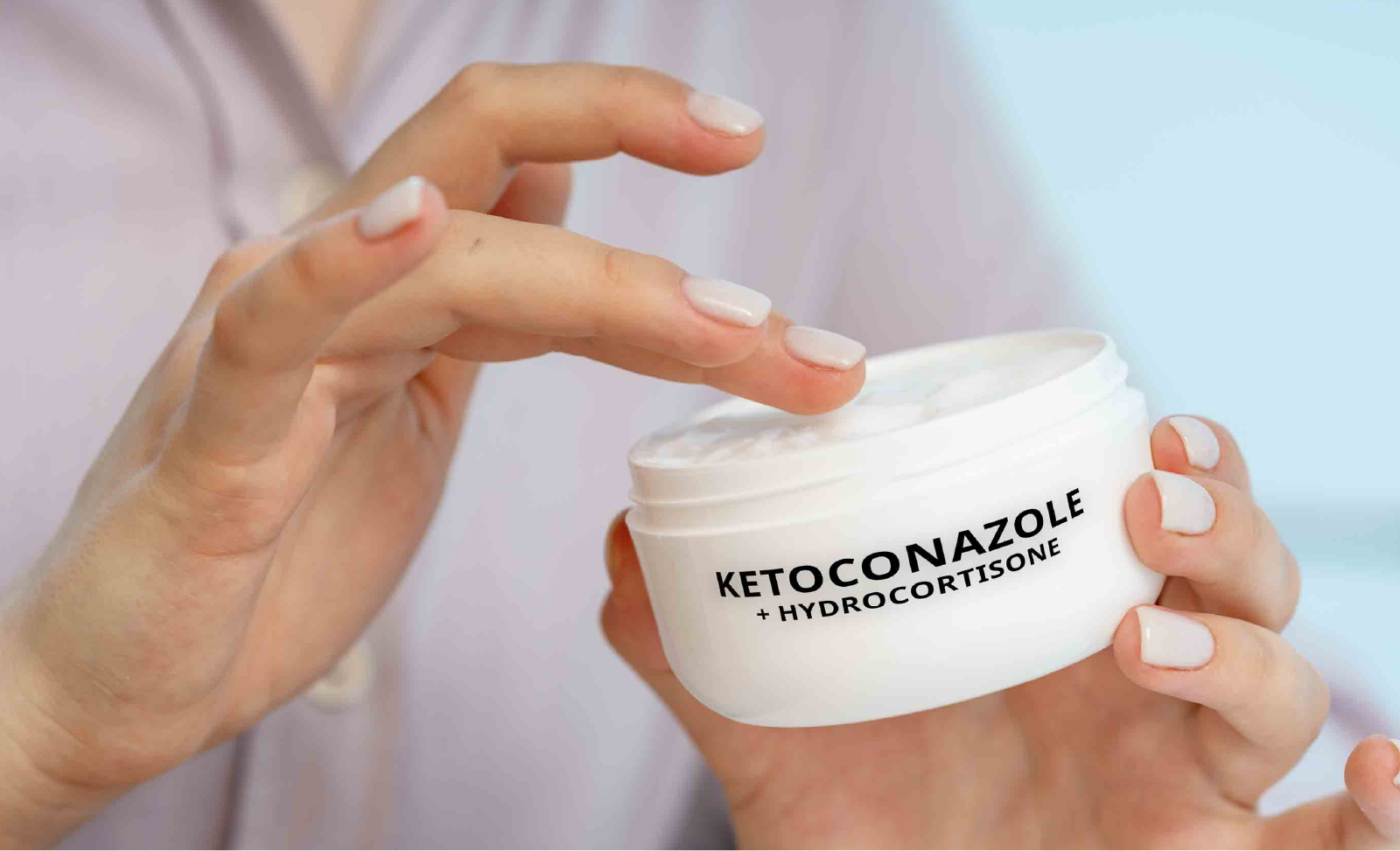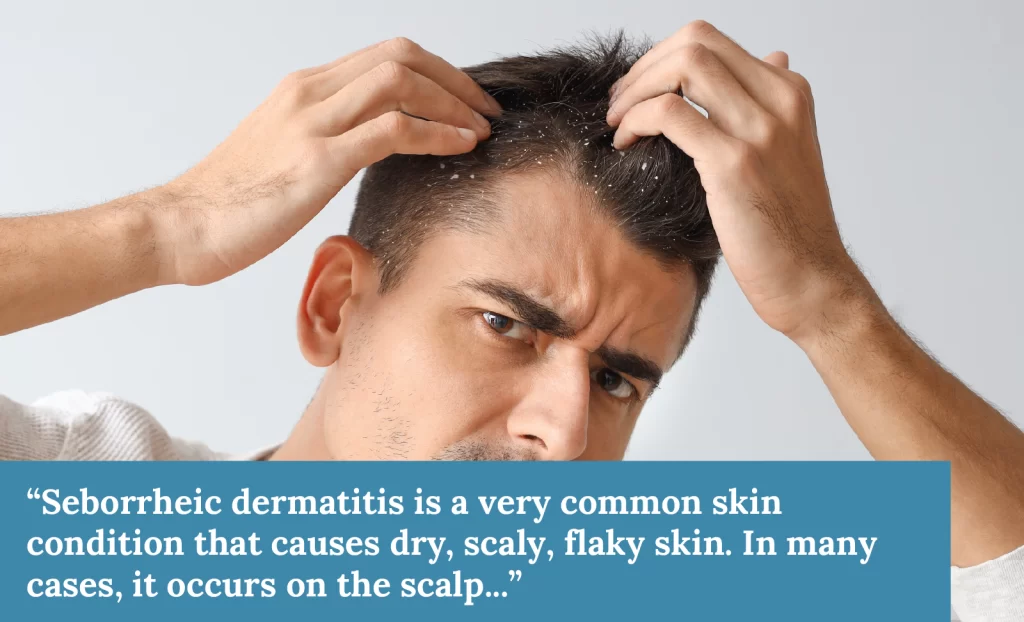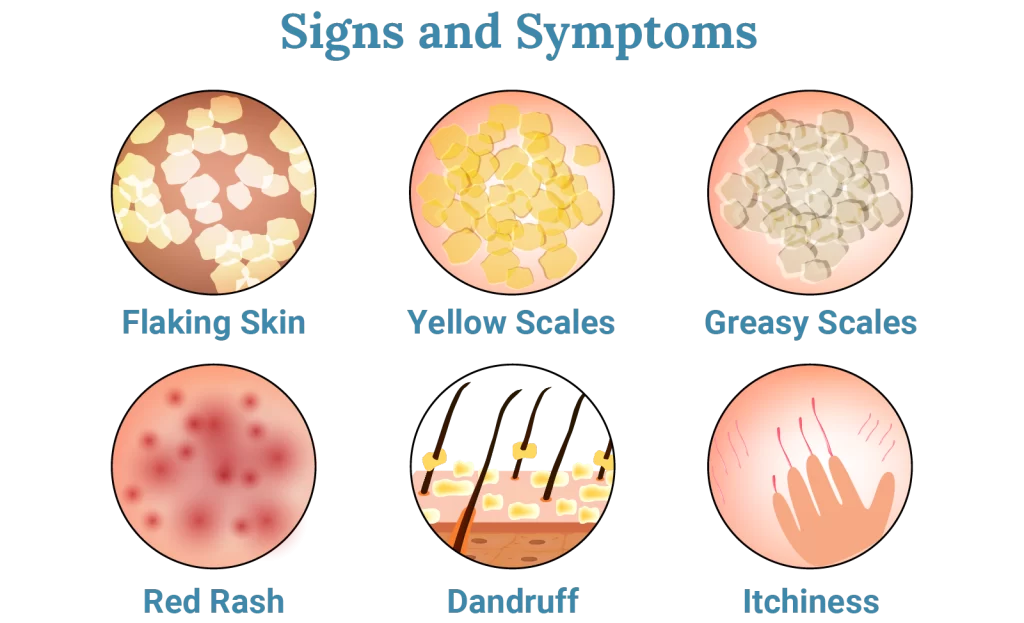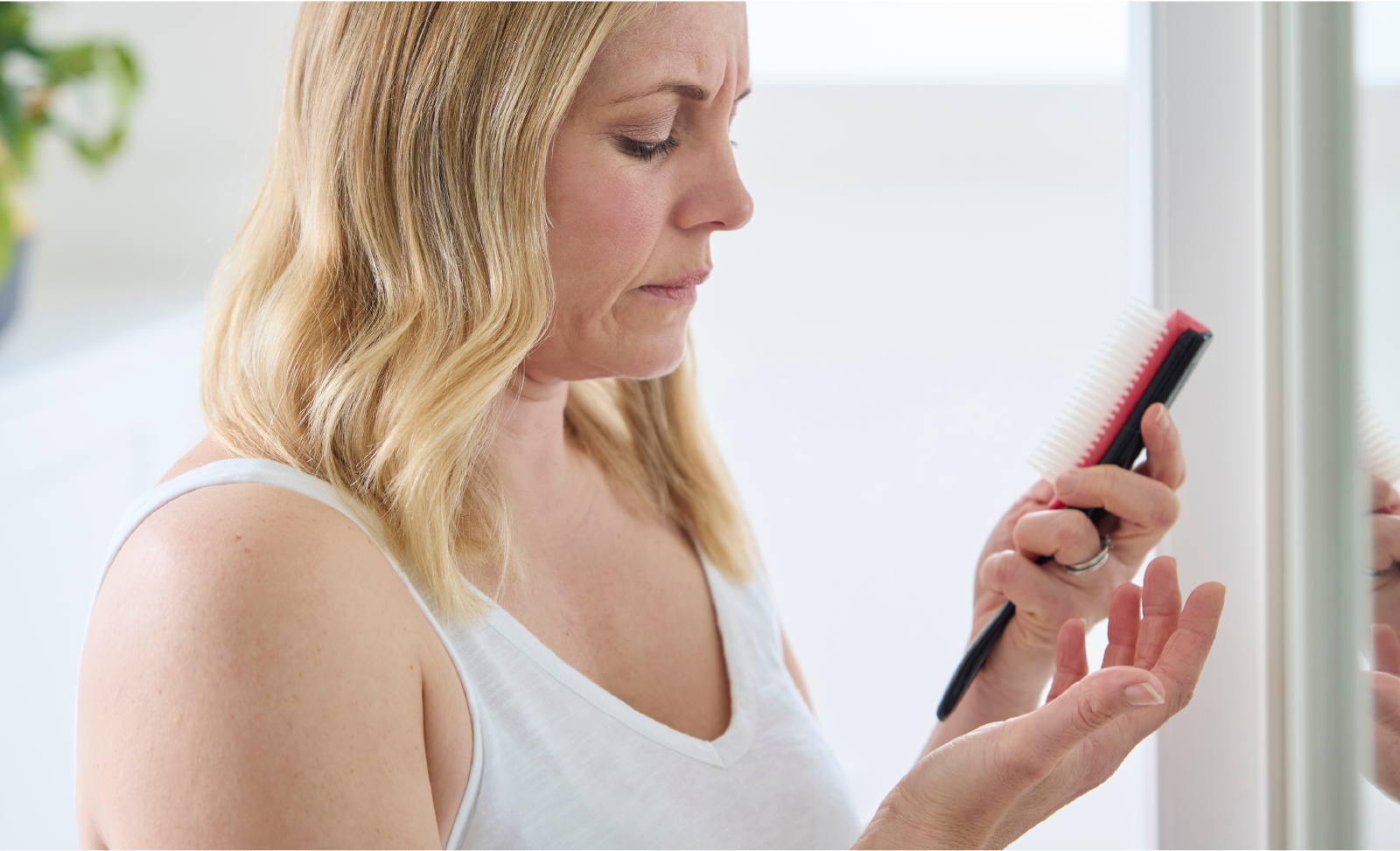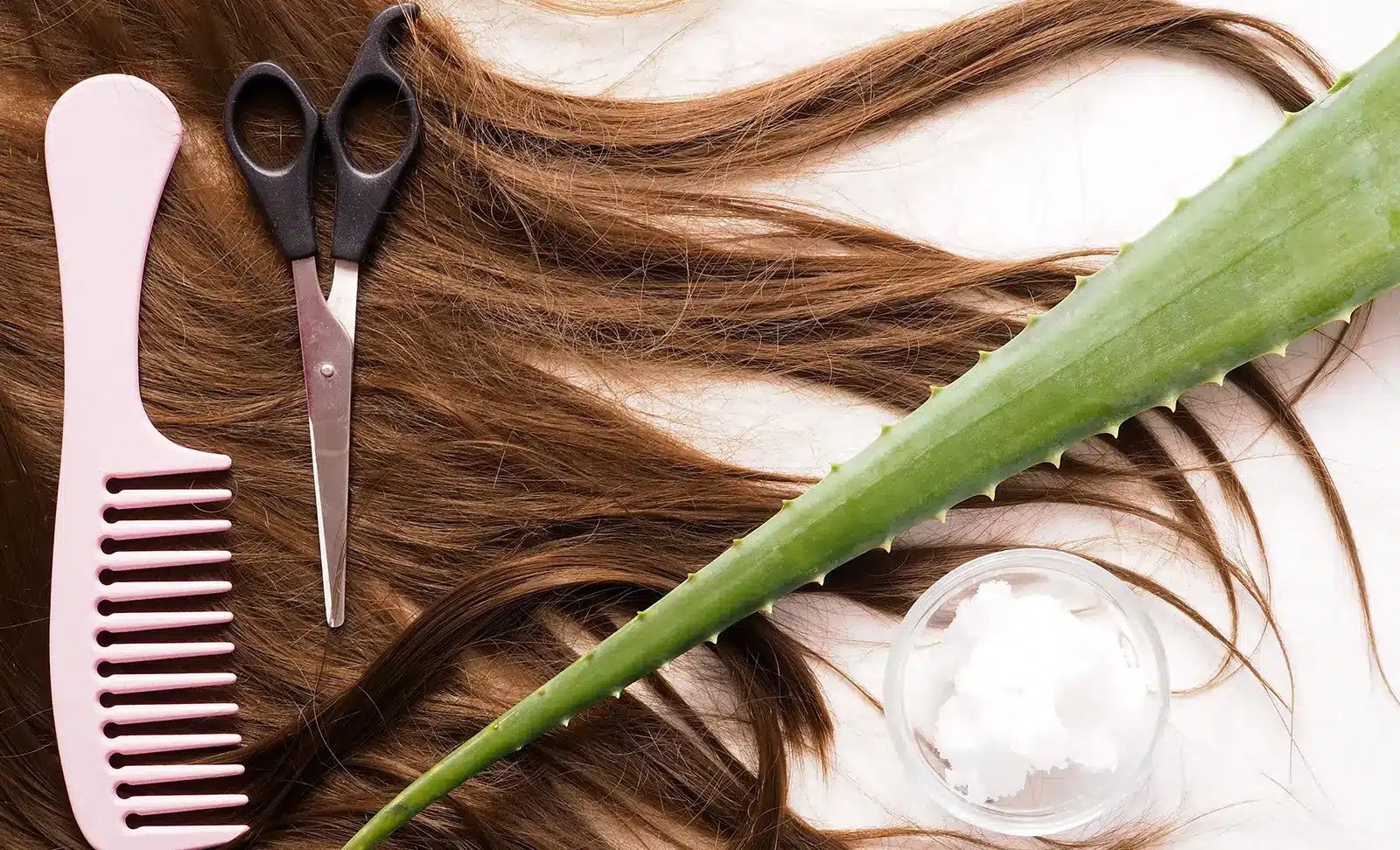Seborrheic dermatitis is a very common skin condition that causes dry, scaly, flaky skin. In many cases, it occurs on the scalp, where it causes dandruff and sometimes even hair loss, which is never easy to deal with.
If you have experienced these symptoms, you might wonder, what causes seborrheic dermatitis, and whether there are any effective treatments for it. If an individual experiences hair loss from seborrheic dermatitis, is it permanent? In this guide, discover all you need to know about this skin condition, including the key causes, symptoms, and treatments, with a particular focus on its effect on the hair and scalp.
What Exactly is Seborrheic Dermatitis?
Seborrheic dermatitis (https www.aad.org public diseases a z seborrheic dermatitis overview) is a non-contagious skin condition that is also commonly known as seborrheic eczema. It produces a red, itchy rash on the skin, typically in areas with a lot of sebaceous glands, such as your scalp, face, chest, and back, and this is because the condition likes moist areas.
Is Seborrheic Dermatitis the Same as Dandruff?
No – seborrheic dermatitis is not exactly the same as dandruff. Dandruff is also a skin condition that causes dry, flaky skin, but it only affects the scalp and can be caused by several potential factors, one of them being seborrheic dermatitis.
What Causes Seborrheic Dermatitis?
Unfortunately, there is currently no exact known cause for seborrheic dermatitis. However, some of the latest research has looked into a variety of potential factors, including the fungus Malassezia, genetics, the immune system, and the microbiome. [1]
There are also known risk factors associated with seborrheic dermatitis, including:
- Seasonal Changes
- Mental Health Conditions
- Immune System Disorders
- High Levels of Stress
- Certain Genetic Conditions
Often, if a person has seborrheic dermatitis, certain environmental and health-related factors contribute to flare-ups, such as going through a stressful period or experiencing a sudden change in weather (from very hot to cold).
Seborrheic Dermatitis Signs and Symptoms
Do you think you have seborrheic dermatitis? Before seeking seborrheic dermatitis treatments, it’s best to know the signs to watch out for.
- Flaking Skin
- Yellow Scales
- Greasy Scales
- A Red Rash
- Itchiness
- Dandruff
These symptoms typically affect the face, scalp, nose, eyebrows, ears, chest, and eyelids. They also tend to flare and lessen as time goes on; they may be more intense one month, and show little signs another.
Can Signs Look Different Depending on Skin Colour?
Yes – there are seborrheic dermatitis in skin of colour clinical considerations to be aware of. Some signs include:
- Hyperpigmentation
- Ring-like Lesions
- Less Greasy Scales
If you want to learn more about dermatology in pigmented skin tones, Dermatology for Skin of Color is a useful resource, and the American Academy of Dermatology has also performed extensive research into the topic. [2]
Seborrheic Dermatitis in Infants
It is normal for new parents to worry about any sign of a rash in their little ones. The truth is that seborrheic dermatitis is quite common in infants and usually goes away within a couple of months.
It is more commonly known as cradle cap when affecting infants and produces symptoms such as yellow crusty scales and red patches. Unlike seborrheic dermatitis in adults, cradle cap is not usually itchy.
There are several good ways to treat an infant’s cradle cap, such as washing the scalp with a very gentle shampoo to remove the scales and seeking a medicated shampoo from the doctor.
While most cases of seborrheic dermatitis in infants are mild and will disappear by the time their first birthday rolls around, there are some cases when visiting a doctor is necessary, such as if the symptoms are severe, don’t improve with care at home, or there are other worrying symptoms present. If you are at all worried, there is no harm in booking an appointment to get your little one checked by a medical professional.
Signs of Seborrheic Dermatitis on Scalp
Seborrheic dermatitis on the scalp can be particularly worrying for some, as this affected area is where the hair grows from, and the scales could impact growth. The signs of seborrheic dermatitis on the scalp include:
- Flaking (dandruff)
- An Itchy Scalp
- Crusts on the Scalp
- Red Patches on the Scalp
- Hair Loss
Experiencing hair loss due to a type of eczema is never easy to deal with, but keep in mind that the damage is typically not permanent, so it’s usually best to seek seborrheic dermatitis treatments rather than reaching for the first hair loss treatment you see.
Worried about hair loss? Check out our hair track app.
Diagnosing Seborrheic Dermatitis
For mild cases of seborrheic dermatitis, it is usually safe to diagnose yourself at home if you show a few of the symptoms (with no other signs). However, if you are worried about a rash at all and are unsure whether or not it is seborrheic dermatitis, book an appointment with your doctor. They can handle the diagnosis and treatment of seborrheic dermatitis, meaning you’ll have a better chance of understanding what’s going on and getting symptoms under control.
Is there a Cure for Seborrheic Dermatitis?
No, there is currently no cure for seborrheic dermatitis. It is a chronic condition that many people experience throughout their whole lives, with symptoms sometimes flaring up and sometimes subsiding. The best seborrheic dermatitis treatments aim to manage the symptoms to ensure flare-ups aren’t too intense and cause other problems, particularly hair loss and mental health issues due to a lowered self-image.
Seborrheic Dermatitis Treatments
Have you been diagnosed with seborrheic dermatitis, or simply spotted the dermatitis signs and symptoms in yourself, and are wondering what the best treatment for dermatitis seborrheic is? Here are some of your options.
Topical Antifungal Medications: Many topical antifungal treatments are available over the counter and effectively target the symptoms of seborrheic dermatitis. Some topical antifungal medications include ketoconazole and clotrimazole.
Oral Antifungal Medications: You can also get oral antifungal medications that can fight the symptoms, such as terbinafine.
Anti-Dandruff Shampoos: If your seborrheic dermatitis causes dandruff, over-the-counter anti-dandruff shampoos can be useful in clearing the flakiness.
Corticosteroids: Mild corticosteroids may be used for short periods of time to reduce flare-up symptoms. These are applied topically and typically come in the form of creams and ointments.
Medicated Shampoos: Doctors often suggest medicated shampoos to treat seborrheic dermatitis that affects the scalp, particularly shampoos containing ketoconazole.
Calcineurin Inhibitors: Topical calcineurin inhibitors can be very effective at treating recurring seborrheic dermatitis, often used as an alternative to more common treatments like antifungal medications.
The best seborrheic dermatitis treatments for you depends on several factors, such as the affected area, how frequently you experience flare-ups, and the treatments you have used in the past (and whether they were successful). For example, you are likely to choose a seborrheic dermatitis scalp treatment like a medicated shampoo if the skin condition affects the scalp. If you have tried antifungal medications in the past, but they are no longer working at managing the symptoms, you may go to the doctor for a prescription of a mild corticosteroid.
Should You Seek Hair Loss Treatment?
Have you noticed that seborrheic dermatitis on the scalp has caused hair loss? If so, you may wonder what type of hair loss solution to use, as losing your hair is never easy.
The truth is the best method for combatting hair loss in this case is by treating the underlying cause – the seborrheic dermatitis. This is because the hair can only grow back once the scaling, inflammation, and itching has dissipated. Hair loss restoration solutions like minoxidil and a hair transplant are best for other causes of hair loss like androgenetic alopecia. So, no, avoid seeking a hair loss solution like these if you have hair loss caused by seborrheic dermatitis, as it won’t help unless the root of the problem has been cleared.
Seborrheic Dermatitis: In Summary
Seborrheic dermatitis isn’t exactly a health crisis, as it isn’t contagious and doesn’t cause any extreme symptoms that affect a person’s health. However, severe flare-ups can be particularly hard to deal with, impacting an individual’s self-image and potentially even causing hair loss. That’s why it is so important to seek medical treatment if you are at all worried about seborrheic dermatitis – while there is no cure, there are plenty of excellent ways to manage the symptoms and reduce the intensity of the flare-ups. You do not have to sit back and live with dry, itching, scaly skin!
Are you more interested in finding a solution for hair loss? If your hair loss is caused by something other than seborrheic dermatitis, then the team here at Harley Street Hair Clinic can help. We are a team of hair experts specialising in FUE procedures, which can restore a full head of hair in both men and women. If you want to see what our surgeons can do, check out our patients gallery. If you like what you see, you are more than welcome to get in touch with us for a free, no-obligation consultation where we can discuss hair restoration options with you.
Sources:
- https://nationaleczema.org/blog/seborrheic-dermatitis-what-the-latest-research-is-saying-from-how-it-develops-to-current-treatments-and-more/#:~:text=8,the%20general%20public%20have%20SD.
- https://www.aad.org/public/darker-skin
